The Verditers are here! I saw that first brilliant verditer blue fly into the canopy of a big oak and I stopped in my tracks. They are here! They are back! And as I sat down for breakfast outside, I heard that familiar song and looking in the direction I saw this beautiful blue bird perched on the walnut tree, singing. The joy it brought to me can only be compared to Wordsworth’s, on spying ‘a host of golden daffodils’. So these birds that had left Binsar sometime in October last year for their wintering grounds have arrived after a stupendous round trip to the western ghats. What a journey!
Most of these long distance migrants fly south to their wintering sites and come spring they return back north to their breeding grounds. Some fly by day, some fly by night. They get their cues to commence their long journey from nature, the length of the day to be precise. They use the earth’s magnetic field to guide them. They also use the position of celestial objects like the sun and the stars to navigate. They probably also make mental maps of the earth’s physical features as they fly. These incredible fliers maintain a very high site-fidelity. They go back to the very same locations year after year, unless conditions in these locations have drastically changed. So most birds that have arrived here now are the same ones that left these shores last October. Many of those that have returned probably were born here last summer and learnt to take their first flight here. What a joy to have them back. What a joy indeed.
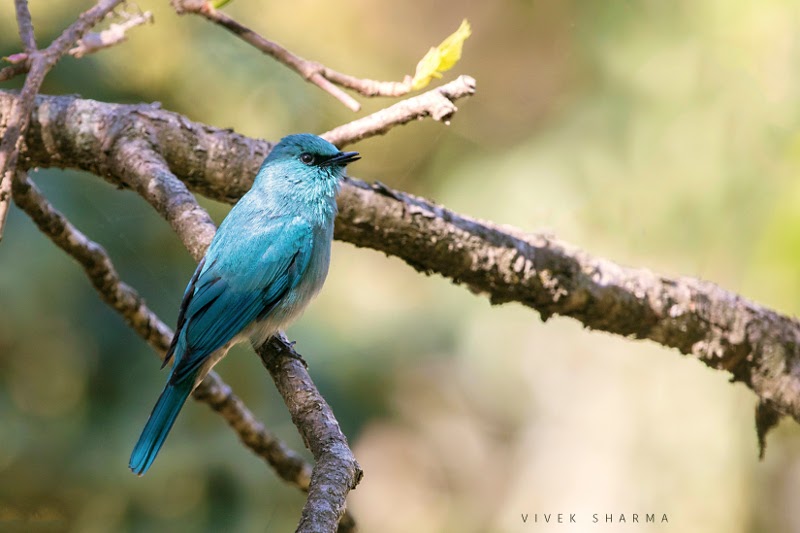

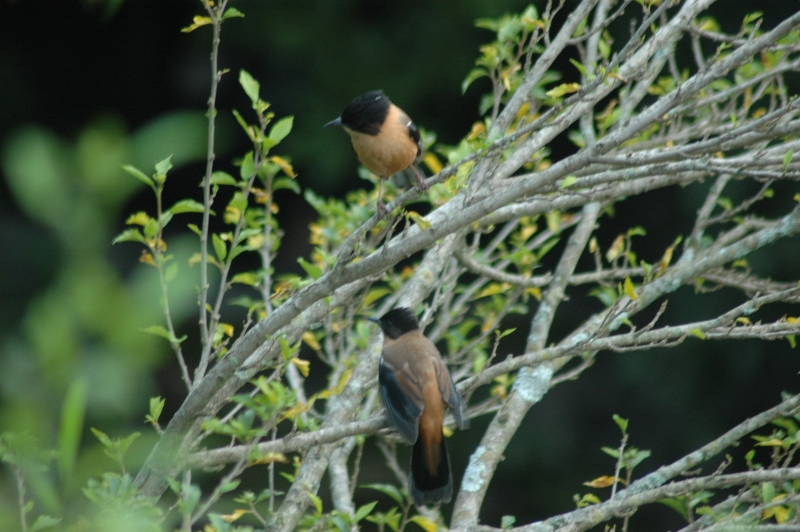
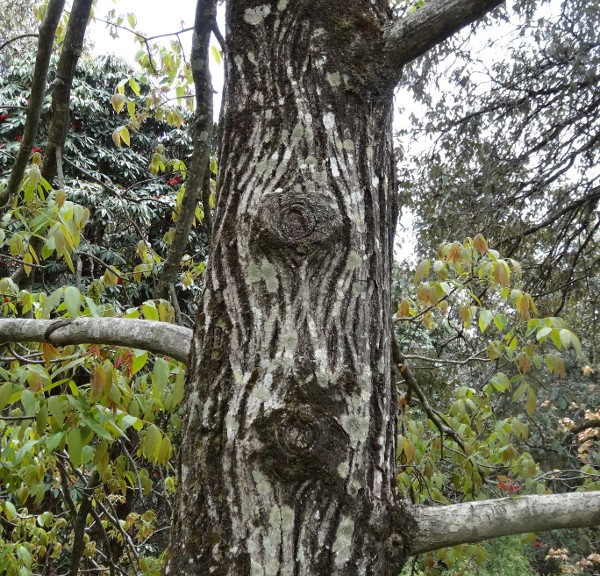
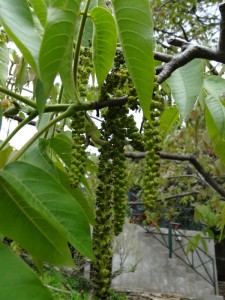
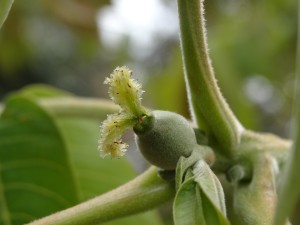
You must be logged in to post a comment.